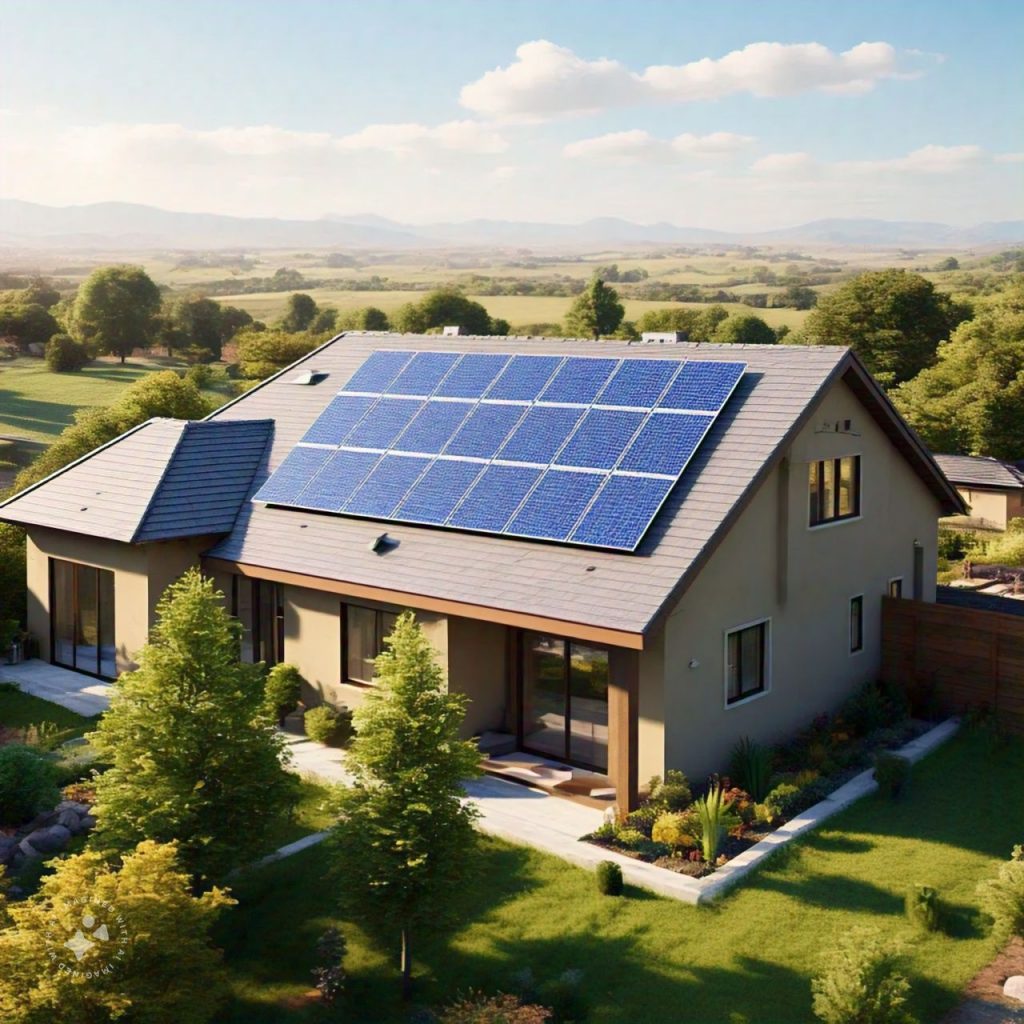
Free power from the sun, lower electricity bills, and a smaller carbon footprint.
Exploring the Solar Panel Adoption Barriers
Solar Panel adoption sounds like the ultimate no-brainer, right? Free power from the sun, lower electricity bills, and a smaller carbon footprint. Yet, when I look around, I don’t see them on every rooftop. So, what’s the holdup? Why hasn’t solar gone mainstream, especially in places like Pakistan, where sunshine is abundant and power outages are a daily headache? Let’s unpack the financial, regulatory, and environmental hurdles standing in the way of widespread solar panel adoption barriers. And if you’re curious about the nitty-gritty of savings, check out my other blog, How Do Your Electric Bill and Solar Panels Work? Recognizing Benefits and Savings.
Financial Hurdles: “I Can’t Afford That”
One of the biggest reasons people shy away from solar panels is the upfront cost. Let’s face it, solar systems aren’t cheap. A basic residential setup in Pakistan can cost anywhere between PKR 300,000 to PKR 600,000, depending on the system size. For most families, that’s a huge investment.
Now, while there are long-term savings (hello, lower electricity bills!), not everyone has the cash or access to affordable financing. Sure, banks are offering solar loans, but high interest rates and strict eligibility criteria can make it tough for the average homeowner.
And let’s not forget the hidden costs—like maintenance, battery replacements, and ensuring your system is up to par with local power grid requirements. For many, these financial hurdles make solar feel like a luxury, not a necessity.
Regulatory Challenges: “Is This Even Allowed?”
You’d think governments would roll out the red carpet for solar, but in reality, it’s more like a maze of red tape. In Pakistan, the regulatory framework for solar energy is improving but still has a long way to go.
Here’s the deal:
- Net Metering Woes: While net metering allows you to sell excess electricity back to the grid, not all DISCOs (Distribution Companies) are quick to approve or implement it. Long delays in paperwork and approvals discourage many potential adopters.
- Lack of Standardization: Ever heard horror stories of subpar panels and shady installers? That’s what happens when there’s no strict enforcement of quality standards.
- Tax and Tariff Policies: Solar equipment imports are subject to fluctuating taxes, making prices unpredictable.
This chaotic regulatory environment often leaves people wondering, “Is it worth the hassle?”
Environmental Concerns: “Wait, Solar Isn’t 100% Green?”
We all love the idea of clean energy, but solar isn’t entirely spotless. For starters, manufacturing solar panels requires a lot of energy and resources, including rare materials like silicon and silver. While these materials are recyclable, most end up in landfills after the panels’ 25-year lifespan.
Then there’s the issue of batteries. Lithium-ion batteries, commonly used for solar energy storage, come with their own environmental baggage—like mining practices that harm ecosystems and communities.
So, while solar is far greener than fossil fuels, it’s not perfect. Some eco-conscious individuals wrestle with these trade-offs before making the switch.
What’s Holding Back Pakistan Specifically?
In Pakistan, unique challenges amplify these Solar Panel adoption barriers:
- Load Shedding Complexity: Solar panels without battery backup don’t work during power outages—a major drawback in a country where outages are common.
- Lack of Awareness: Many people still don’t understand how solar works or how much they can save in the long run.
- Cultural Mindset: There’s a perception that solar is for the wealthy or “tech-savvy,” not the average household.
Are There Solutions? Absolutely!
Educating people about the long-term benefits of solar (financial and environmental) can shift mindsets.
So, what can we do to get more people on board with solar? Here are some ideas:
- Government Incentives: Subsidies, tax breaks, and zero-interest loans could make solar more accessible.
- Awareness Campaigns: Educating people about the long-term benefits of solar (financial and environmental) can shift mindsets.
- Community Solar Projects: Shared solar setups could reduce individual costs and make solar viable for more families.
- Improved Regulations: Streamlined net metering and quality standards would build trust and simplify adoption.
The Sunny Side: Hope for a Solar-Powered Future
Here’s the thing: solar panels aren’t just tech—they’re a movement. And like any movement, it takes time, effort, and collective will to break through barriers.
Sure, the costs can be daunting, the regulations confusing, and the environmental impact not entirely negligible. But the benefits? They’re enormous. Solar power has the potential to transform how we consume energy, reduce our dependence on fossil fuels, and create a more sustainable future for generations to come. So, if you’re debating whether to take the plunge, don’t let the barriers scare you.







